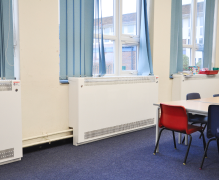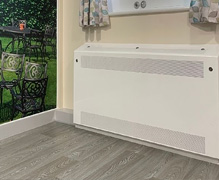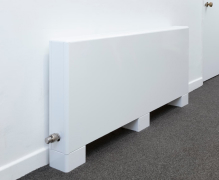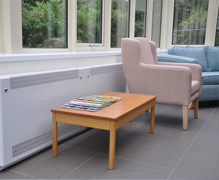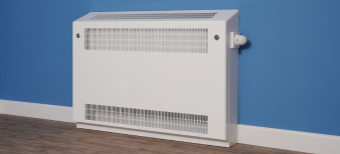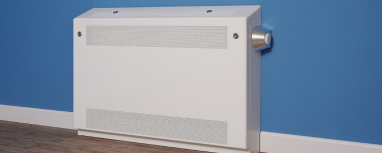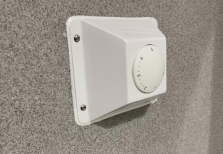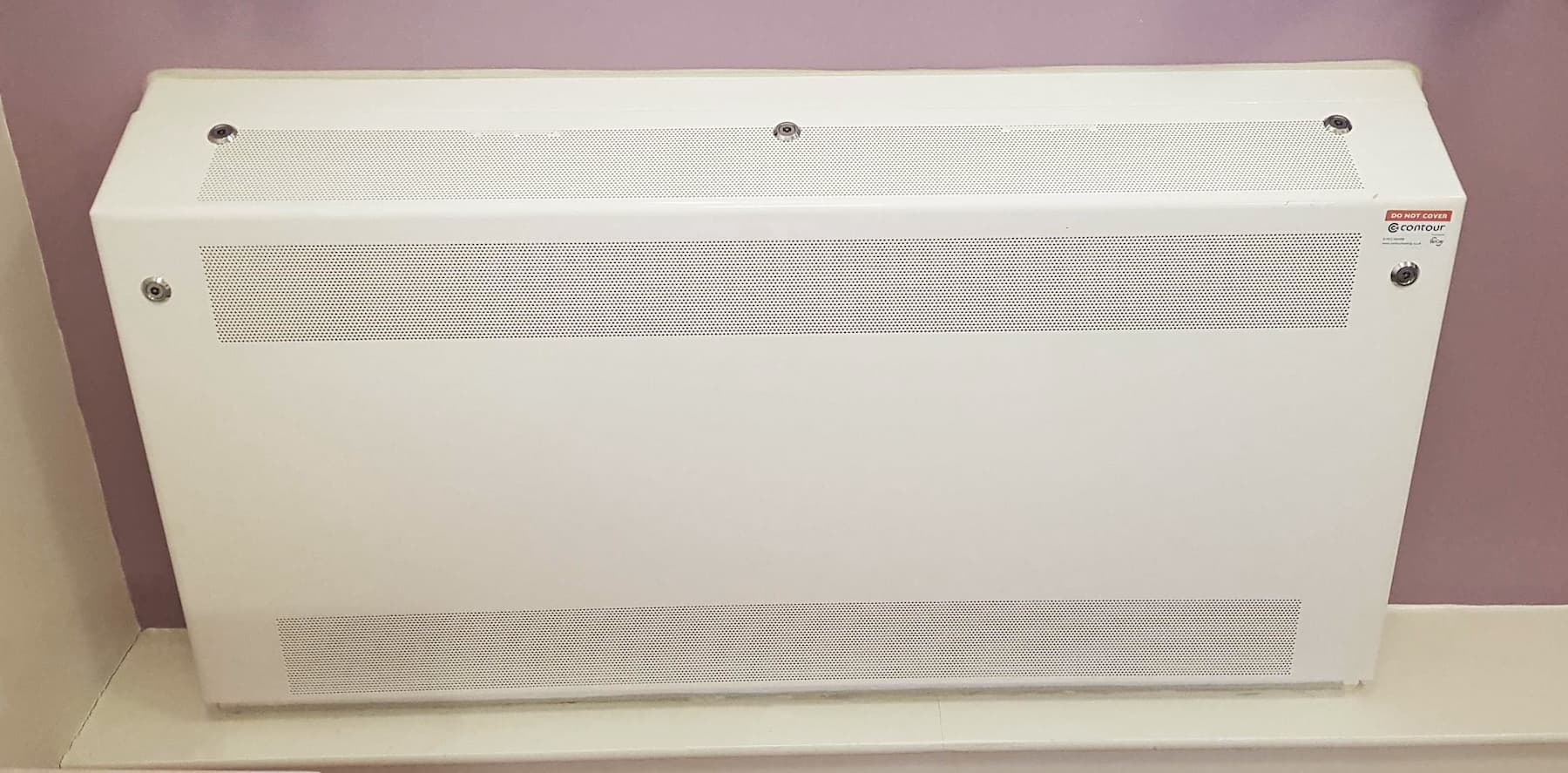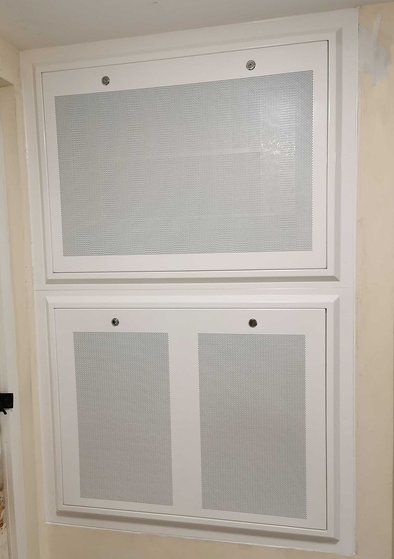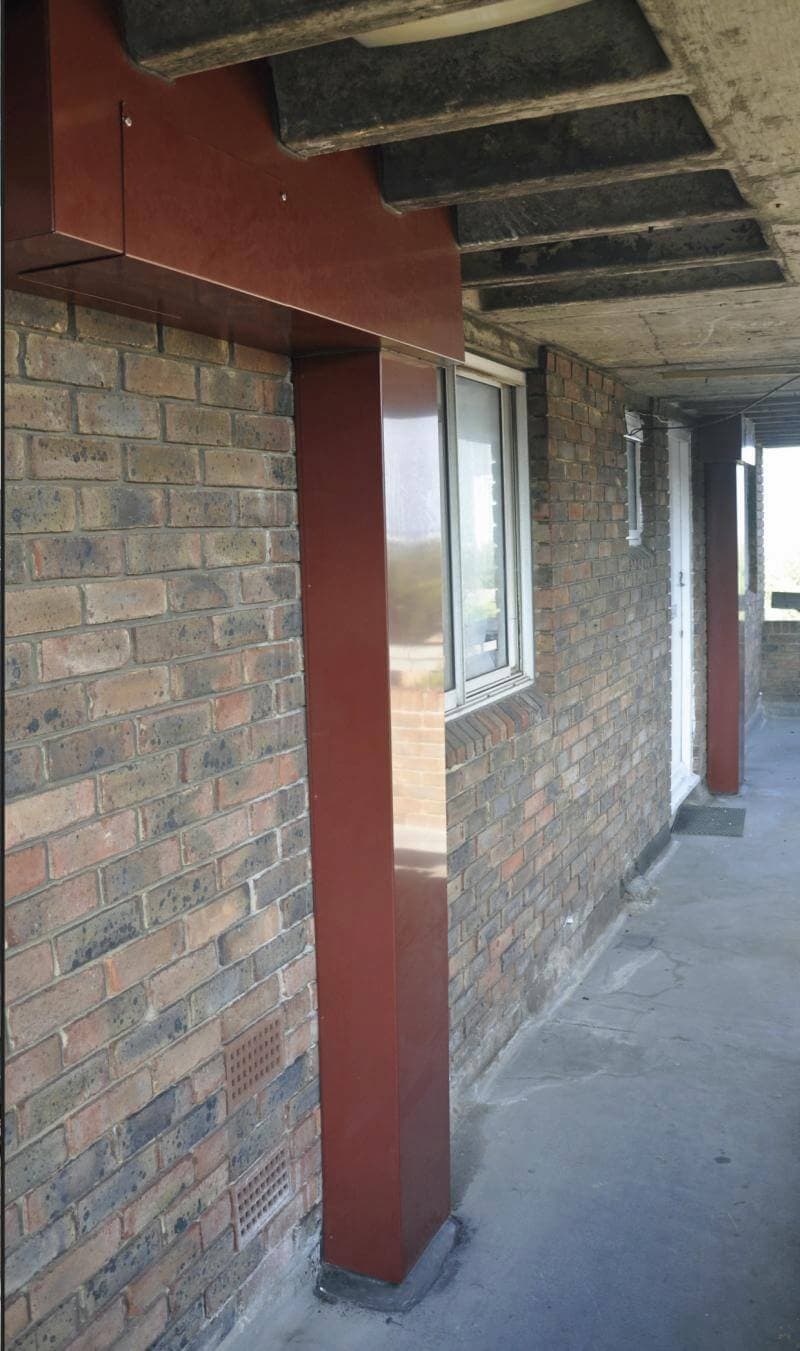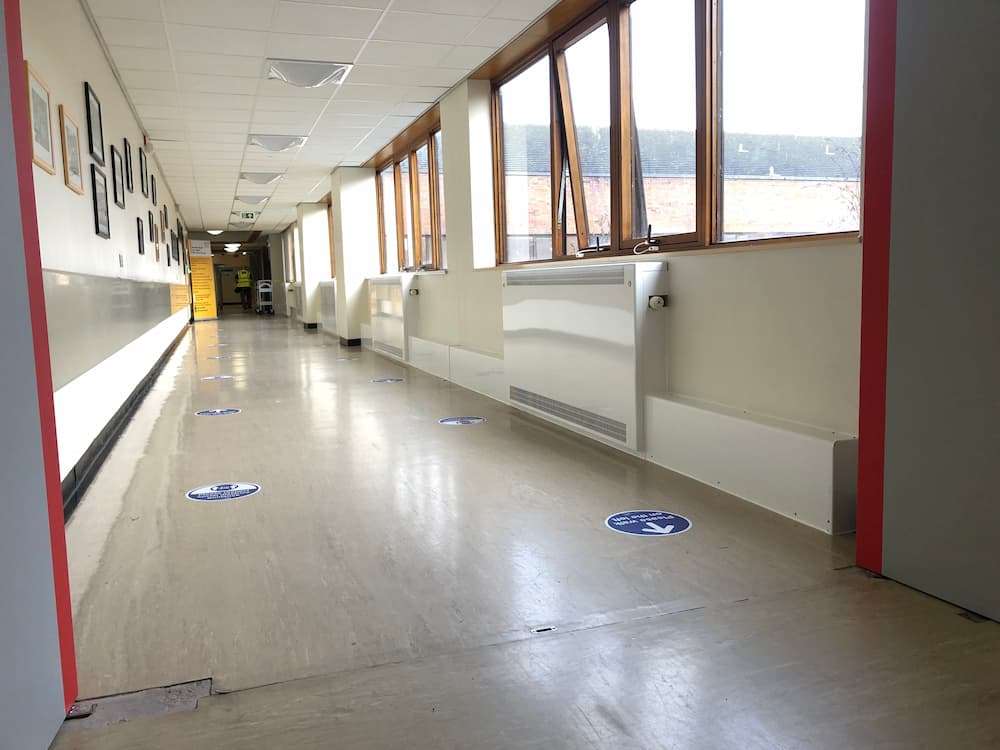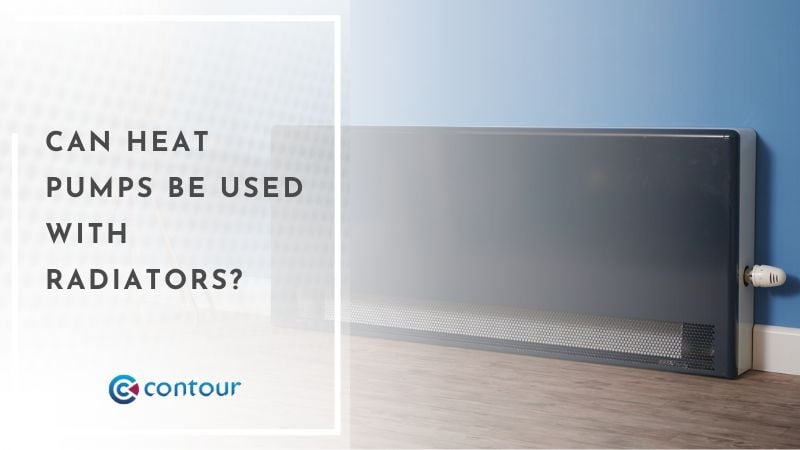
The target of the UK Government is to decarbonise all sectors of the economy in order to reach carbon net zero by 2050.
Part of that pledge is a phasing out of traditional gas boilers, a change that will be significant for all of those working in the HVAC sector. This poses the question at the top of the page: can heat pumps be used with radiators or will alternatives be needed?
Because the government has invested more than £15 million into heat pump innovation, it’s obvious what the preferred form of heating will be. With that understood, the next challenge is sourcing suitable emitters for these systems.
The choices you make now are going to be crucial in futureproofing your business and helping your end users reap the benefits of more efficient heating.
This article will answer those concerns, not only highlighting what heat pumps are and how they work but showcasing the radiator options available for them.
What Are Heat Pumps?
Heating buildings by transferring thermal energy from outside, a heat pump is an alternative to traditional boiler systems.
Sourcing from either the ground or air and compressing it through electrical systems, this heated liquid can then be used for both central heating and hot water.
Some heat pumps also work in the reverse and are capable of producing cool air to cool down warm environments.
With carbon net zero looming over the sector, heat pumps are set to play a big role in reducing emissions. Helping to reinforce your sustainability credentials, they help provide equal levels of heating but contribute 20% less CO2 than gas boilers and up to 70% less than electric systems.
.jpg?width=591&height=408&name=image%20(1).jpg)
How Do Heat Pumps Work?
Heat pumps take the available heat from the ground or air, increase it and then distribute it for use in the interiors of buildings.
The exact steps are broken down below.
1 - The ground stores heat that comes from the sun, meaning that at a certain depth, there is a consistent temperature of between 8o-10o.
2 - Using ground collectors this heat is pumped through electrical-powered heat-exchange surfaces which contain refrigerant liquid.
3 - The heat from the ground is warm enough to evaporate the refrigerant liquid turning it into a gas.
4 - This gas is then forced through a compressor which causes the temperature to rise.
5 – After passing over an internal heat exchange the gas is blown around the interior of a building and transferred into a central heating or hot water system.
6 – It then drops in temperature and becomes liquid, returning outside and allowing the process to start again.
Are There Radiators For Heat Pump Systems?
Despite changes to heating systems, there’s little need to have a drastic overhaul of the heat emitters themselves as radiators do work with heat pumps.
As the heated liquid is created by the system, it still needs to be distributed around the interior by the existing pipework. This means radiators are more than suited to heat pump systems and can heat rooms to necessary temperatures.
But while radiators can work with heat pumps, it doesn’t mean your existing emitters will.
Traditional radiators are designed to work with gas boiler systems and operate at a 75o input. With heat pump systems operating at between 35o-45o inputs, the same radiators can’t generate the same levels of output.
For this reason, you would need much larger radiators in order to achieve the same heat output, or alternatively source low water content radiators.
Sovereign: Radiators For Heat Pumps
Contour offers a comprehensive range of radiators that can be used on both existing gas boiler systems and newly installed heat pump systems.
This range of low water content radiators is perfect for a commercial setting and comes in different sizes offering emitters capable of warming the largest of open spaces.
Whether floor-mounted, wall-mounted, free-standing or functional as a bench heater, Contour’s expert team will be able to find the best radiator for the requirements of your interior setting.
-1.png)


